Up until 1 November, the artwork Basta de contaminar [Stop Polluting] by Nicolás García Uriburu was on display on the Museo’s façade
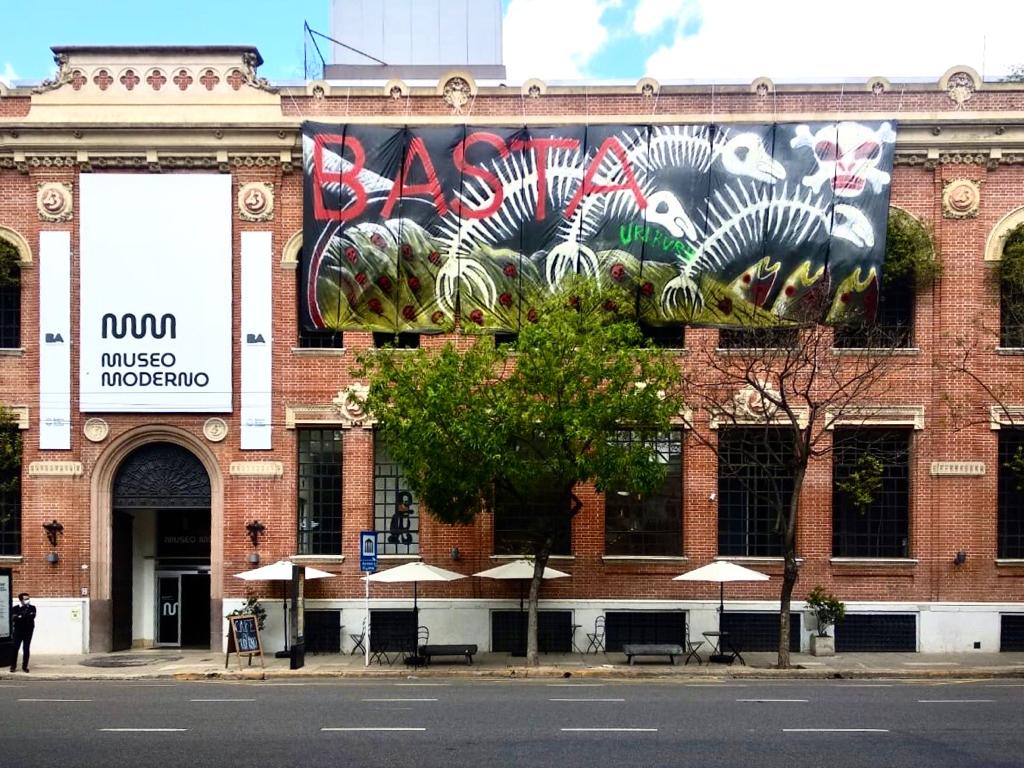
Today we celebrate the National Day for Argentinians of African Descent and African Culture established by Law 26,852 passed on 20 May, 2013. The objective is to promote inclusion and respect for communities of African descent and the date was chosen to honour María Remedios del Valle, who was born in Buenos Aires between 1766 and 1767 and who took an active part in the Argentine War of Independence.
We have organized a programme of activities to encourage a range of reflections about communities of African heritage, the racism from which they suffer and the opportunities we have to create a more egalitarian society. Don’t forget to share your thoughts.
Thinking about racism. How does it manifest itself and exist in a society? We suggest that you talk to your family and friends and try to think of the different ways in which we can eradicate the racism from which people of African descent suffer and also make their culture more visible. Then, all together you can make an artwork that represents these solutions. It might be a poster, a watercolour, a collage, a sculpture or an installation. Choose the technique or materials you like best, or have closest to hand.
*This artwork was made by the Afro-Argentine artist Hector Oscar Mayato together with Carmen Bonino, members of the Grupo Cosmos. Rojo astral (Astral Red), oil paint on backdrop paper glued to canvas, 117 x 158.5 cm. Acquisition, 1963
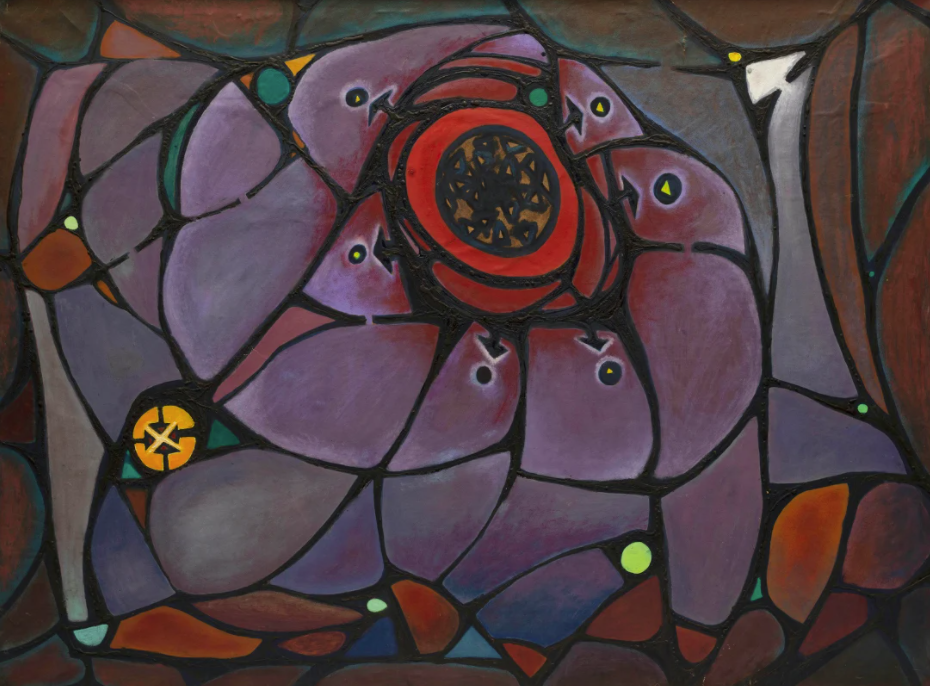
For some time now the pollution, devastation and imminent catastrophe have been impossible to ignore: we’re experiencing them at first hand, they’re already affecting our everyday lives. Over the past year, the pandemic has made itself felt in every home across the world, while locally wildfires are raging all over Argentina, consuming vast tracts of land with no indication of when or where they might be stopped. These emergencies leave no room for doubt: the damage is being caused by human activity, we can no longer take refuge in ignorance or false reassurances.
Artistic practice – which has never been afraid of questions, exploration or reassessment – offers us different paths of thought and imagination within a framework in which natural exhaustion, ambition and fear are linked to opportunities for change and renewal, to rethink the terms of social and environmental justice. The artistic gaze – at times critical and incisive, at others more poetic – is an important tool in raising awareness of the merciless damage we’re causing to the earth, our home. But it can also help to reinforce and repair frayed bonds of respect and empathy towards our surroundings.
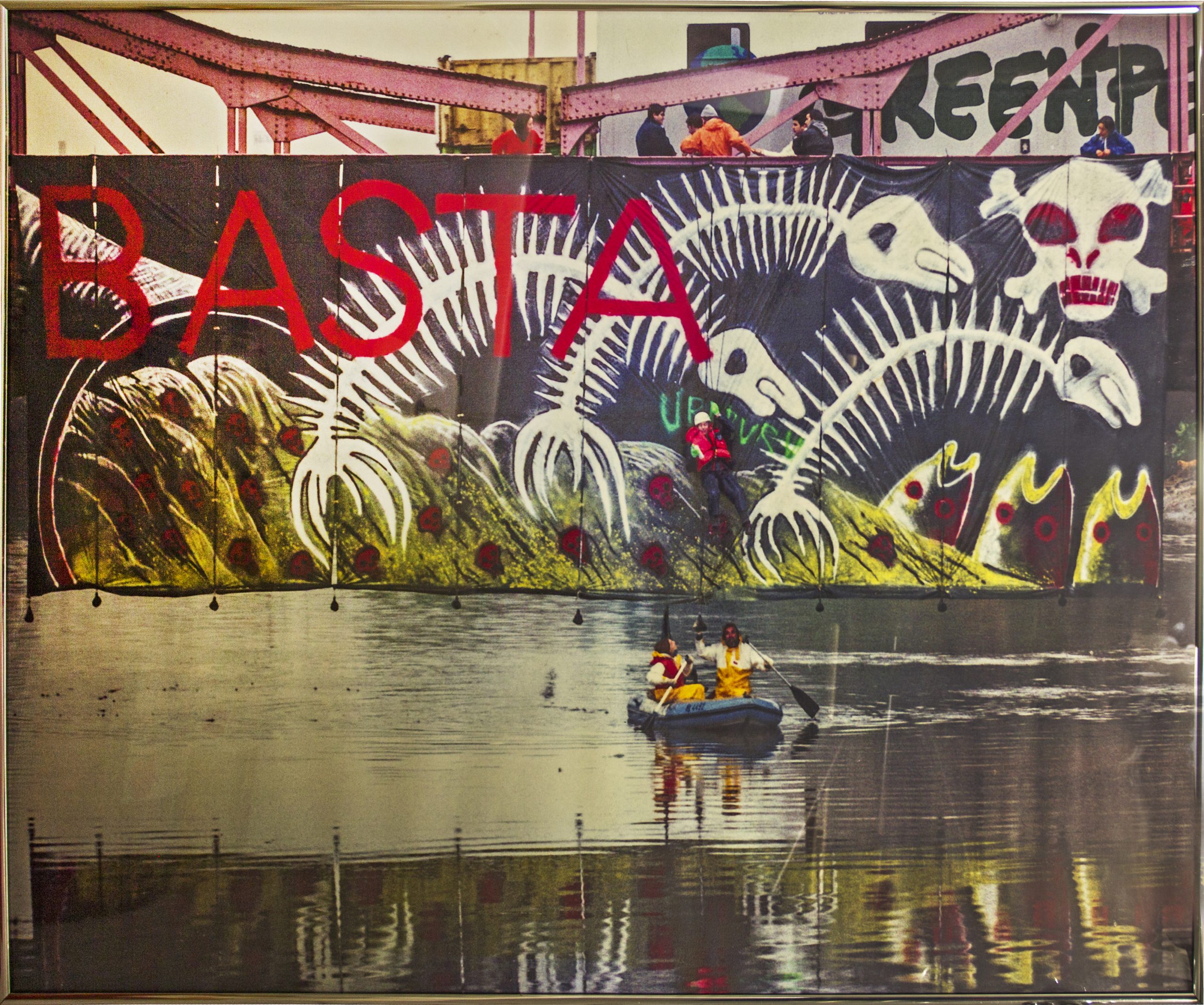
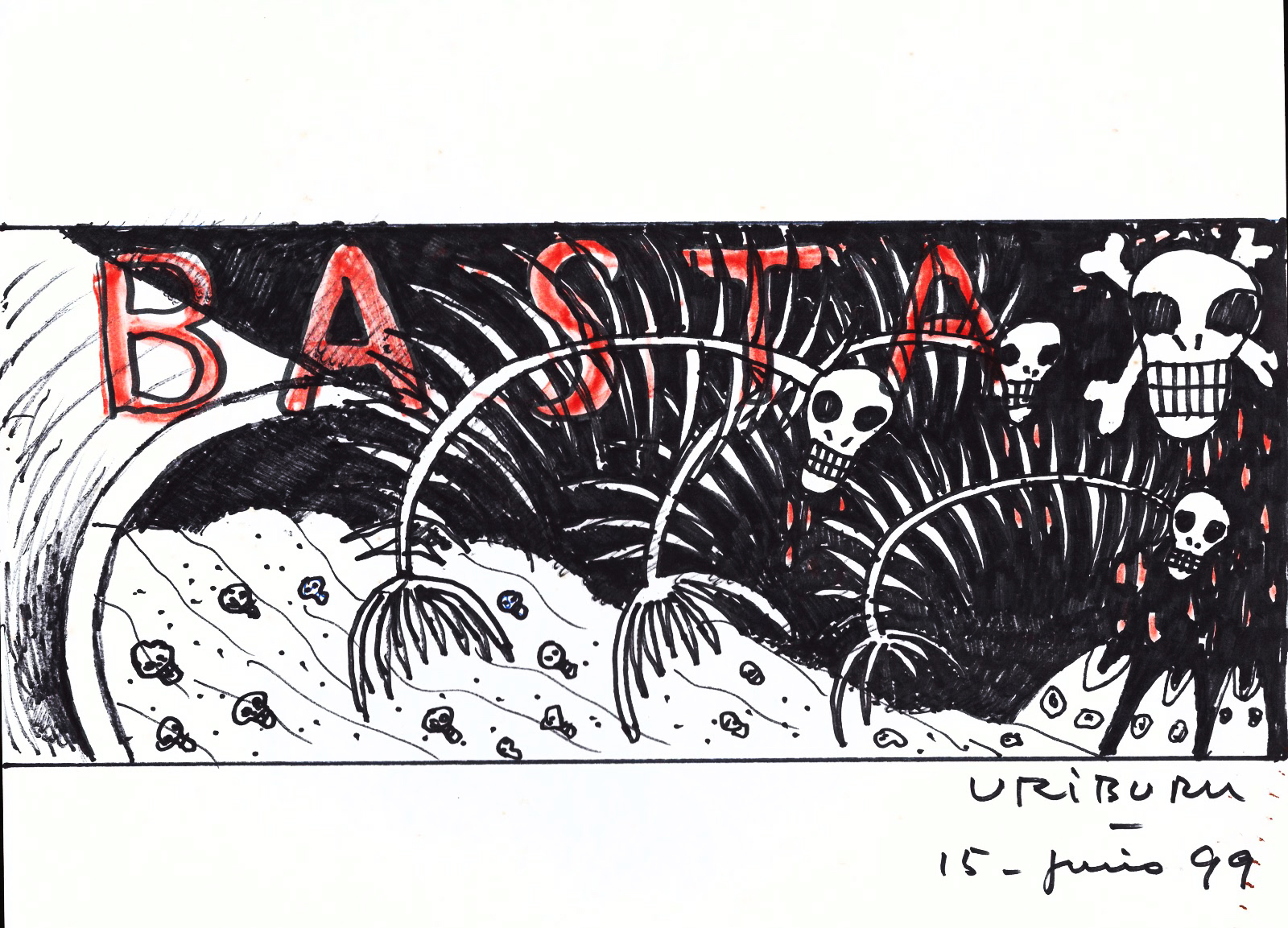
During a historical period when disaster seems inevitable and our hopes for change feel at risk of being choked off by smoke from the blazes, or drowned in flood water, art can be a liberating practice. With its means of re-educating the perception and exposing the bond between our bodies and the environment, its elegant but revealing ways of laying bare situations that might otherwise go unnoticed and its stubborn faith in the future of the world, art acts as an emotional and intellectual guide toward a new kind of human, harmonious, respectful and egalitarian growth. With its varied forms; research, editing, juxtaposition, drawings, sculpture, installation, images both subtle and provocative and many more, art emphasizes the value of learning through the senses, keeping one’s gaze, hearing and touch alert so as to awaken a more profound sense of time, balance and understanding.
Over the next three weeks, the Museo Moderno will highlight the work of a group of artists from Argentina and overseas that either reveal and expose the historical and social processes that led to this emergency or present micro-political aesthetics aimed at redirecting environmental strategy and policy. As the Argentine artist Nicolás García Uriburu, a pioneer in the combination of art and ecological activism, says: ‘We still have time to rectify our mistakes, take care of our environment and become more worthy of living on this wonderful planet.’
Graciela Borges presents a selection of texts written by her great friend the artist Nicolás García Uriburu. Her inimitable voice introduces us to the thinking behind the Argentine artist’s actions, images and artistic campaigns. Committed to raising awareness of environmental crises such as water pollution and forest depletion with artworks such as the dyeing of the Grand Canal in Venice in 1968, García Uriburu became one of the first Latin American artists to make the connection between art and ecology.
All images: © Nicolás García Uriburu, reproduced with his permission
In this interview, produced by Micromundos Cine in 2014 for the Department of Culture via CePIA, the artist Paula Toto Blake speaks to Nicolás García Uriburu. The conversation spans his artistic interests and environmental concerns. In his workshop, García Uriburu says: ‘The thread that runs throughout my work is green, it’s ecology.’ Produced by Blas Eloy Martínez and directed by Cecilia Priego.
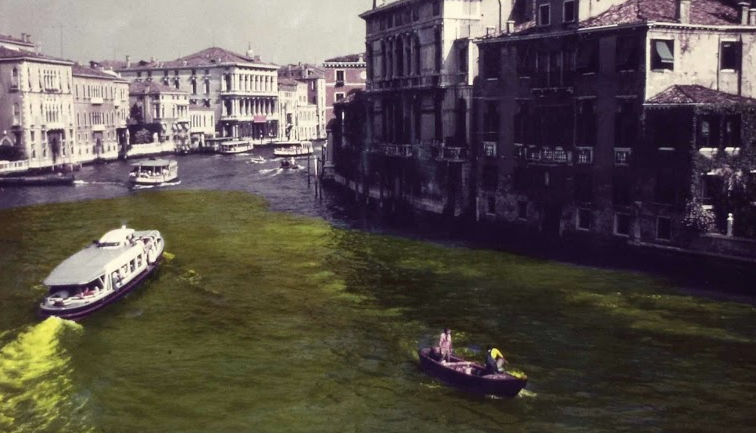
‘Enie’ means ‘earth’ in the language of the Uitoto, an indigenous people from the Araracuara region in the Colombian Amazon. Enie is also the name that the artist Delcy Morelos chose for one of her immersive installations from 2018, which featured more than ten thousand earth biscuits kneaded with raw cane sugar, cocoa butter, clay and beeswax, and other organic components. Morelos’ artwork is inspired by an ancestral technique in which the earth is sweetened, hydrated and greased in an ancient ceremony of thanksgiving to Pacha Mama. In Enie, direct contact with the colours and textures of the earth is complemented by the olfactory stimulation of ingredients that make up the exhibition space to create a multisensory bond with the material and symbolic planes of the earth. The act of viewing and entering into the installation transforms it into a sacred space, offering a moment in which to heal and be in communion with the ground on which we live.
Artwork photography: Ernesto Monsalve. Courtesy of NC-arte Drone images:
Josue Mejía. Courtesy of NC-arte
As part of our digital programme #MuseoModernoEnCasa, which over the next few weeks will concentrate on the link between art and the environment, we invited the Ferrowhite Museum Workshop of Bahía Blanca to share some of their artworks and activities from the past few years that focus on these themes.
Nicolás Testoni, Director of the Ferrowhite Museum Workshop (Bahía Blanca, Argentina) says: ‘Atilio Miglianelli was a diver. Even though he spent a large part of his life under water, he always managed to look tanned, even in freezing temperatures. Atilio was our first guide to the sinuous waters of the Bahía Blanca river. With him we learned that a worker’s life is never synonymous with their work; what they do to earn a wage, it’s everything else: their fears and desires, what they eat and how they dance, the clothes they like and the hours they spend lying in the sun. Listening to him describe a port with a beach and industry isn’t an act of nostalgia, it’s assimilating some more of the story that helps us to understand how Ingeniero White came to be what it is, it helps us to imagine the things that were and how they might be different.’
Julián d’Angiolillo, Speleovivarium, 4’48”, 2020
The artist and filmmaker Julián d’Angiolillo started to immerse himself in the world of speleology in 2010 when he joined a series of expeditions to caves around Argentina, Italy and Cuba. Since then, his documentary career has taken him to numerous hidden landscapes and secret havens, as well as introducing him to many different speleologists (specialists who study caves and work to preserve them) who, through his lens, become prophets of a natural equilibrium. The scientific discoveries of his interviewees act as a symbolic compass pointing the way to a more natural, harmonious way of living, a pointer to the importance of taking care of our inner world and protecting our sanctuaries. ‘The earth has a fever,’ says one of them. In this concise video of a visit to a museum in Trieste – taken from Julián’s rich cave archive, which has provided the material for several artistic projects – we see much piercing, sensitive and symptomatic evidence. Gathered together as if they were a discovery at a moment in which it is essential that we listen to the rhythms of the earth again, they are heard as a revelation. After all, these testimonies come from people who have learned to see in the darkest spaces.
In this conversation held specially for #MuseoModernoEnCasa, Charly Nijensohn speaks to Andrés Denegri (curator of our Cinema is Something Else cycle), revealing details about his creative process when producing projects such as El ciclo de la Intensidad [The Cycle of Intensity], Dead Forest and El naufragio de los hombres [The Shipwreck of Man]. All the images in them arose out of a delicate balance between the power of nature and different human bonds. The artist also offers a glimpse of the projects he’s currently working on and his plans for future enterprises.
Charly Nijensohn on the Uyuni salt flats during the filming of El naufragio de los hombres (2008). Photo: Juan Pablo Ferlat.
The work of Jonathas de Andrade (Maceió, Brazil, 1982) is closely tied to the stories and history of northeast Brazil, where he lives and makes anthropological installations and films. The power of his pieces arises out of the way in which he blurs the division between fact and fiction and how through minor narrative interventions into everyday acts he examines the natural and cultural history of his country and its relationships of class, race and work. In his artworks, we observe relationships of domination and power that still exist today. The film O Peixe [The Fish] (2016) was made with a group of fishermen, depicting their everyday routine. The moment of the catch, however, is followed by a long, unusual embrace of the fish: a ritual gesture to accompany it on its passage into death that exposes the ambiguous ties that bind us together. Sustained by a naturalized history of dominance among the species, it combines love and respect with need and violence. ‘Nature almost makes us forget the perverse aspects of feeding on the flesh of another creature, but it’s also a test for the audience,’ says Andrade. We are thus encouraged to think about and reassess notions of beauty, care, violence, economic urgency and survival.
Jonathas de Andrade, O Peixe [The Fish], 2016, 16mm film digitized in 2k, 39’16”. Courtesy of Galería Vermelho, São Paulo, and Alexander and Bonin, New York.
In this audiovisual presentation, the Argentine artist Eduardo Molinari invites us into his Walking Archive, a visual archive in which he explores the relationships between art, history and territory that he began in 2001. Tied together by a detailed narrative and drawing on his own work and images taken from the media, Molinari offers in his own voice a visual reading of the economic, historical and political context that is driving the ecocide of Argentina. Returning to his 2010 project ‘Children of the Soybeans’, the artist offers a new reading of the worrying deterioration of the environment over the past few decades and shows how it is connected to the recent wildfires in the Paraná wetlands. Moving on from a condensed overview of the past decade, Molinari allows himself to expand his visual thinking beyond recent history and local geography.
Virginia Buitrón (Quilmes, Argentina, 1977) has spent more than five years working with different non-human creatures and natural organisms. Through close observation and study of the organic waste that makes up compost, Buitrón has discovered a fascinating habitat full of life through which she endeavours to achieve an artistic understanding of natural life having set aside anthropocentric prejudices. In her drawings, inspired by the behaviour of the larvae of the species Hermetia Illucens, Buitrón emphasizes the creativity harboured by even the smallest participants of the ecosystem. In this audiovisual piece, the artist relates the emotional and conceptual context to her link with the different natural actors she chose as subjects of her work to reveal the inter-species network we must protect if we are to have a sustainable future.
Jimena Croceri shares with the Museo de Arte Moderno de Buenos Aires her thoughts on Cascada [Waterfall], an act that she has been performing in different locations, most recently in the Botanical Gardens of the city of Berne in 2019 featuring visitors to the garden. During the act, water is supported and moved and bodies are refreshed. According to Croceri, ‘It all began with a very intuitive interest in contemplating, working with and wanting to be close to this apparently tame but actually active, transformative element: it sets everything in motion. Right from the start I have been interested in its morphogenic powers, its ability to create forms for itself.’ As we watch images of the exercise, in which touch is emphasized as a positive act of connection, the artist references the research of Astrida Neimanis and conversations she’s had with members of the Mapuche community who believe in the sacred nature of water, combining them with her own thoughts about an evocative gesture that has something balm-like, playful and revelatory about it.
From Paris, the Argentine artist Carlos Ginzburg (La Plata, Argentina, 1946) held a conversation with the Museo Moderno to discuss the connections between his most iconic pieces from the 70s and his more recent installations and performances. In a profound dialogue, the artist narrates the different ways in which his ecological concerns and the climate crisis have affected his career of over half a century. From his first urban signalling to his most recent installation Post-madre tierra [Post Mother Earth], Carlos Ginzburg allows us a glimpse of his thought processes and artistic methodology against the background of an emergency that we must be aware of and find ways to reverse.
The video Ambá. Una especie de paraíso [Ambá. A Kind of Paradise] (2010) presents a visual memory, dream and reflection on the Paraná Ra’anga cultural and scientific expedition held in 2010. The interdisciplinary project gathered together about thirty artists, writers, historians, musicians and scientists to sail up the La Plata, Paraná and Paraguay rivers, from Buenos Aires to Asunción in Paraguay with the objective of rethinking the idea of the river during a transformative period, when the imminent construction of the Paraná-Paraguay Waterway was threatening to change the riverscape forever.
Laura Glusman was part of the crew and filmed the shores of the river in a long, serene travelling shot. She also recorded interviews with fellow expedition members who spoke about how they imagined the future Paraná ecosystem. Her film is thus a juxtaposition of a filmed present and an imagined future: two incarnations of a river that can be brought together and compared in the viewer’s mind. Ten years after the trip, when reality appears to have exceeded our worst expectations, it is inevitable that we associate the images of wildfires raging across the landscape over the past few months with those seen in the film. Ambá is not just a record, it also raises the alarm.
In this audiovisual compilation of videos, recordings of installations, and images of drawings and paintings, the Argentine artist Matías Duville (Buenos Aires, 1974) takes us on a journey through the desolate landscapes and those in a state of constant flux that he explores in his work. Having suffered from cataclysms, they make us feel the full
power of nature, its reactions and shifts, emphasizing its sublime and terrifying power against which human agency seems volatile and enfeebled. Tied together by a seductive soundscape, the images remind us of the earth’s capacity for change and reinvention once it has been hit by catastrophe – a power infinitely greater than that of our species. They also explore the bonds that we establish with it: of failed domination on the one hand, but also the potential harmonies we perceive in psychedelic visions. The video and laboratory of ideas are part of Duville’s ‘line into infinity’ – the name of the project, which refers to time and the essential element of the drawing that drives his work – a series of work produced over the past fifteen years in Argentina and overseas, exhibited at institutions in France, Brazil, and the USA.
His most recent projects and exhibitions include: Desert means ocean (MOLAA, Los Angeles, 2019); The Valise Project (MoMA, New York, 2017); Mutações (MAM, Rio de Janeiro, 2015); Safari (Malba, Buenos Aires, 2013) and Alaska (Drawing Center, New York, 2013). His work is featured in the collections of the MoMA, New York; Tate, London; Centro Nacional de Arte Reina Sofía, Madrid; Solomon R. Guggenheim Museum, New York; Patricia Phelps de Cisneros Collection; and the Museo de Arte Moderno de Buenos Aires, among others.
The stories and images of Lugar fósil [Fossil Place] dilute references to time as part of a stimulus for thinking about necessary change. Through diverse testimonies about environmental and economic phenomena – events that have occurred in different cities in China over the past forty years – Florencia Levy’s audiovisual piece constructs a dystopian narrative in which what we see and hear is recognizable as both an urgent present and an imminent future. In March 2020, the artwork received the Trabucco Otros Soportes Acquisition Prize organized by the Academia Nacional de Bellas Artes and is currently going through the donation process.
Florencia Levy (Buenos Aires, 1979) studied at Central Saint Martins College of Arts in London and the Universidad Nacional de Artes de Buenos Aires. Her practice is founded in long term research into different subjectivities related to history, architecture and the public space. She has been on artistic residencies in the United States, Taiwan, China, Israel and Cuba, among other countries. Her artworks have been exhibited at the Museum of Modern Art of Moscow, Arko Art Center in Seoul, South Korea, and the Museo Nacional de Bellas Artes in Santiago de Chile. This year, she received a Pollock-Krasner Foundation grant and won the Trabucco Otros Soportes Award from the Academia Nacional de Bellas Artes.
An immersion in the sound environment of the tropical jungle in Costa Rica. In Francisco López’s words: ‘An incredible natural sound network created by a multitude of sounds including rain, waterfalls, insects, frogs, birds, mammals and plants, across a single diurnal cycle in the rainy season. A powerful sound and broadband acoustic of exciting complexity. And above all a tour de force of profound listening.’ Francisco López moves away from traditional bio-acoustics, which he considers to be a reductionist approach to field recordings, preferring sound material over representation (‘That’s not the jungle,’) to build a non-bucolic world across a broadband spectrum.
This piece is based on recordings made in spaces in the Chernobyl exclusion zone in Ukraine, nineteen years after the nuclear disaster there. To compose these pieces, Jakob carried out the same technique used by Alvin Lucier in his famous I’m Sitting in a Room artwork. The name of each track refers to the space in which these poetic, spine-tingling recordings were made.
This artwork of three pieces is made up of sound material recorded in the Barents Sea (north of Norway, Russia and Greenland) deep among the cracks of its glaciers, in the fjords and on the open sea. These basic sound components are joined by the open areas of Greenland, its winds, crows, wild dogs and fish. It thus recreates a frozen landscape little known to most humans but that is vital to the natural equilibrium of the planet, which is currently suffering from a phenomenal transformation due to the climate crisis.
This is the first artwork in which the soundscape artist Chris Watson, an expert in field recordings, combines several recordings of the weather in different natural environments to compose a triptych of sound collages. Weather Report presents three imaginary locations within which time is compressed and there is an underlying awareness of the influence of the environment on living creatures.
In this interview with Giovanna, a nine-year old student at the Sustainable School of Mar Chiquita, we reflect on educationally and environmentally aware practices.
Giovanna shares a new way of living in schools and in her experience we see how our educational institutions can help us to build a different relationship with the environment through everyday actions.
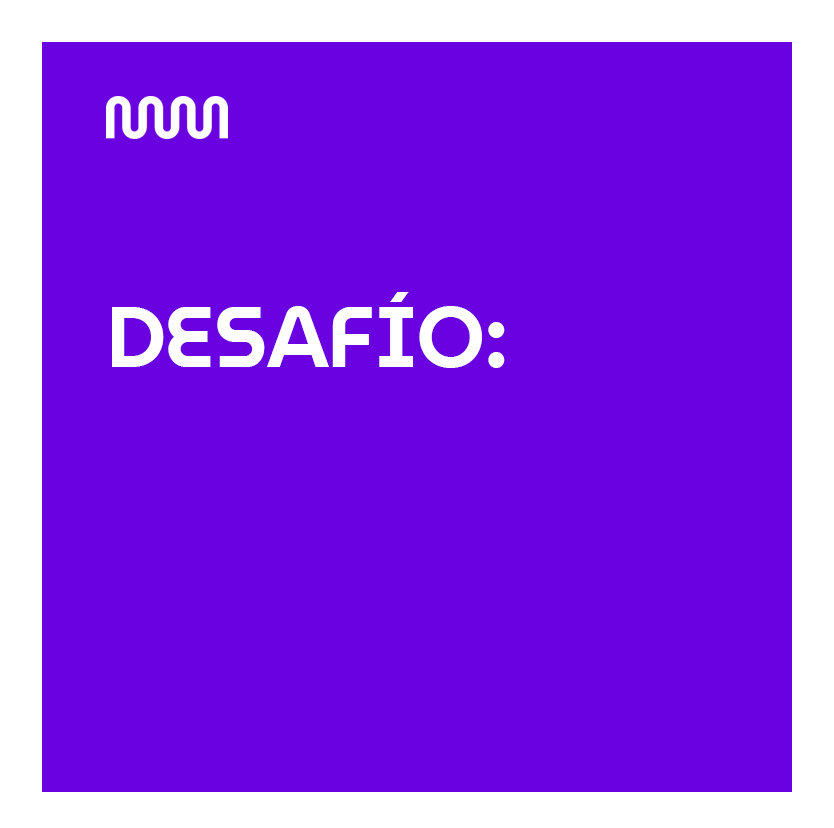
To help us think about the environmental damage being done to the world, we invite you to imagine how we might create a better one. What are the possible solutions to pollution? Draw, paint or depict your idea of a better world. Between us, we can build a positive message. Take a photograph and don’t forget to share your results with us by tagging us on your social networks!
We invite you to take part in the cycle: ‘Trying Out New Worlds’. In these meetings we think about possible sustainable dynamics and approaches through ongoing projects. The Museo de Arte Moderno de Buenos Aires, together with different institutions such as the Arte Como Educación foundation (with the participation of Luis Camnitzer, María
del Carmen González and Sofía Quirós), the gallery SOA arte contemporáneo (represented by Vivian Honigsberg, Ana Gotta Ibarra and Marina García López) and the TAGMA organization (Ana Kondakjian and Martín Espósito) suggests new ideas for artistic-educational experiences that encourage environmental, sustainable and more aware thought and practices.
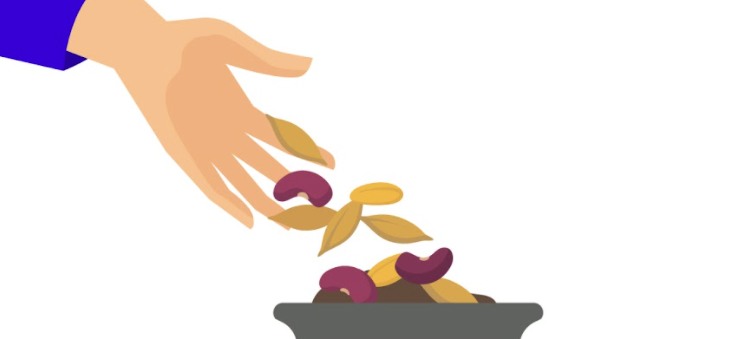
We take you on a virtual guided tour of artworks by Nicolás García Uriburu, Victor Grippo, Emilio Renart and Florencia Bohtlingk exhibited at the Museo de Arte Moderno de Buenos Aires.
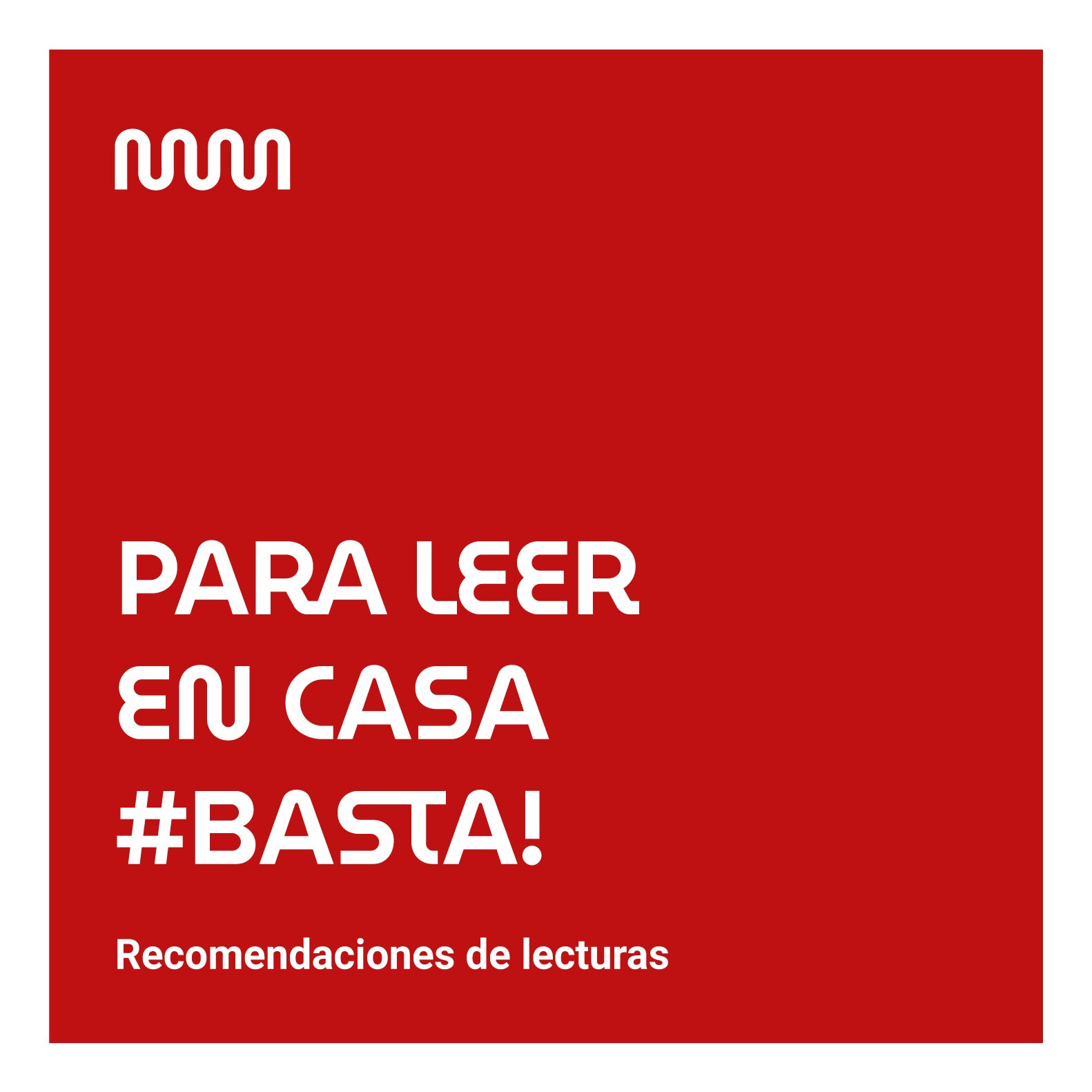
Activity designed for primary school teachers
The museum invites you to do the following activity, which encourages us to take another look at forgotten or neglected objects.
1 – Look for an object you have at home that you’ve kept but no longer have any use for (a broken vase or plate, a memento from a trip, an item of clothing, etc.)
2 – Take a sheet of paper and design your project. Think about the different ways in which you might alter your object to lend it new meaning: you can write about it, embroider it, stitch it up or even highlight a crack using whatever technique you prefer. Write down the phrases that come to mind. Do drawings of the project and its possible transformations. The idea is for you to enjoy the process.
3 – What did you turn your object into?
4 – Suggest a name for your object that relates the artwork to its new use.
5 – Share your project with us. If you like, you can upload the photo of your projects to IG and tag the museum.
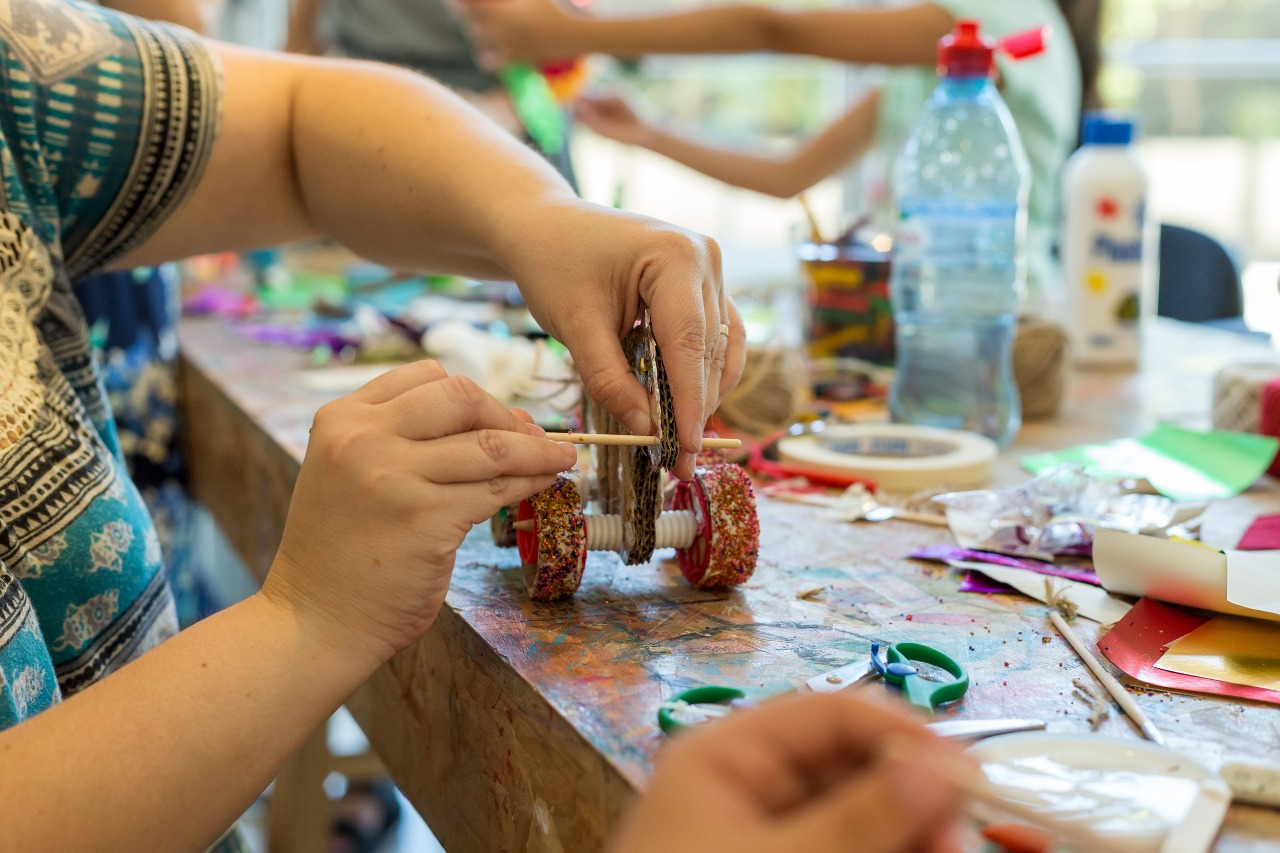
Inspired by the gender equality guidelines that form part of the sustainable development objectives of the United Nations, we invite you to learn more about some of the women artists in the museum collection, energizing your body, mind and imagination with Rhizome, our journal of art and thought for older people.
Click on the image to access the journal.